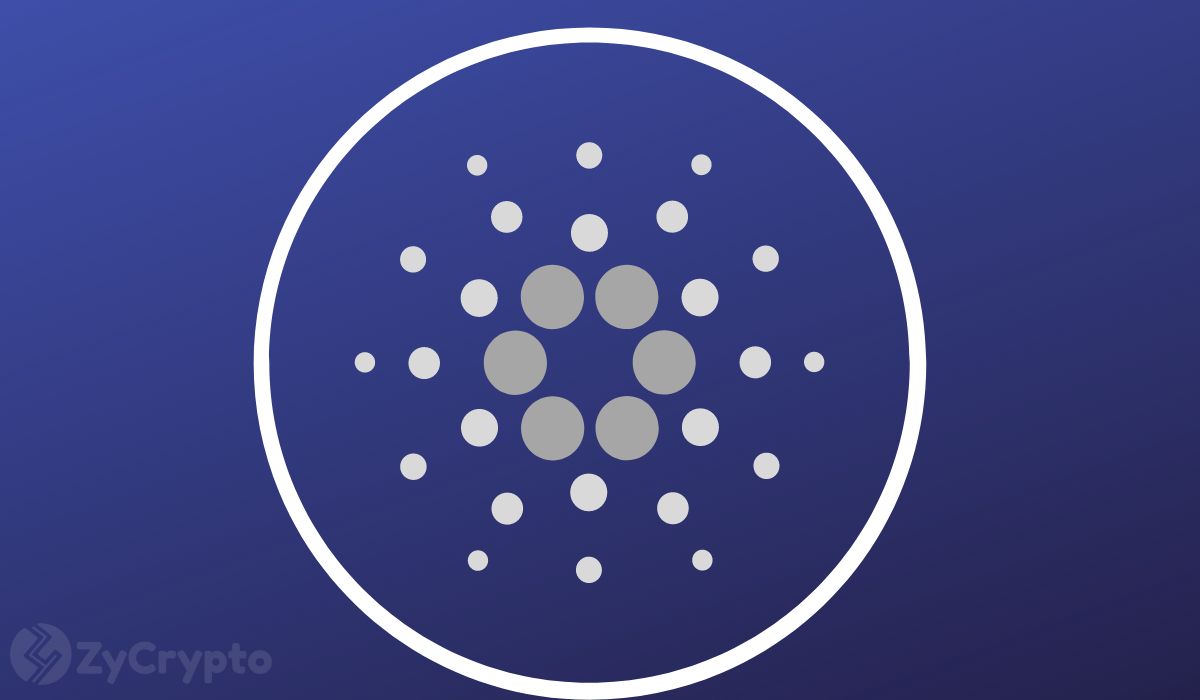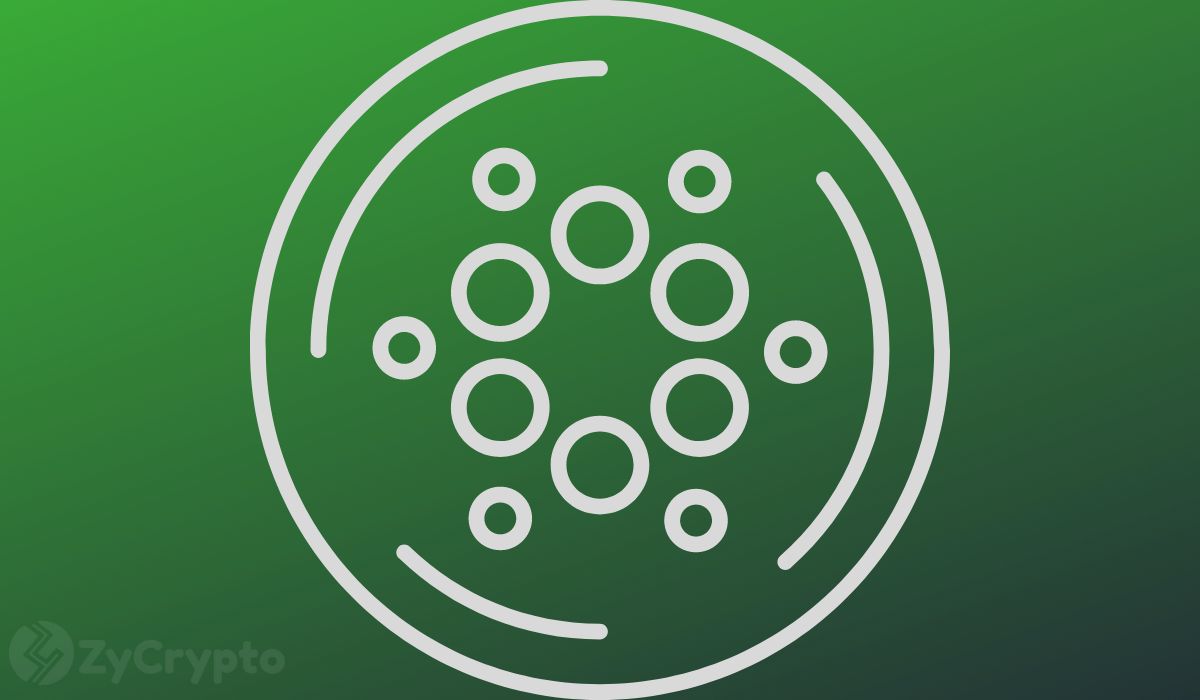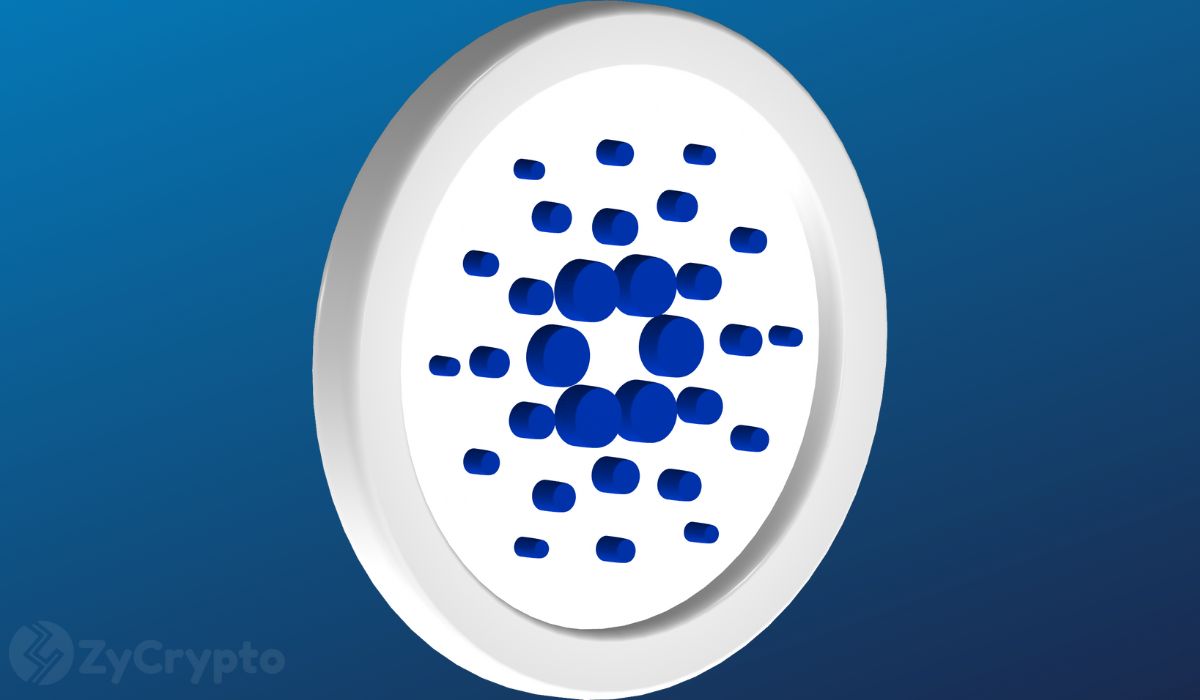2021-3-24 19:58 |
The Robonomics team that developed the fully autonomous Gaka-Chu artwork robot finally takes it into the NFT medium. From now on, Gaka-Chu becomes one of the only robots that create real art for the open NFT market. Gaka-Chu’s first artwork is to be auctioned on 23 March 2021 at 15:00 UTC on Rarible.com, a boutique NFT marketplace that is limited to industry-disrupting contributors and their art pieces. The marketplace only accepts top tier art pieces and therefore serves as proof of just how unique the robot-artist’s collection is. All Gaka-Chu’s creations purchased on Rarible will also be made available on the Opensea.io platform giving its new rights holders an additional channel to store, display and resell the sought after art pieces.
The NFT art medium is about to meet a robo artist, whose paintings open a new dimension to the world of real fine art, its distribution and authenticity.
Up until recently, the industry has been limited to digital artwork only but at the same time, it has seen nothing but an incredible rise in the demand for gifs and other types of pictures that not only hold value but make it grow too. The excitement that surrounds this burgeoning market is as endless as the creativity that it boasts and therefore, Gaka-Chu’s entrance serves as a key milestone to the fine art industry’s development. It is real, physical art that is closely linked to blockchain and in a way acts as its derivative. The original, physical artwork will be displayed at the ITMO University’s Art and Science Museum.
Gaka-Chu 101Gaka-Chu has been creating art for over 3 years now but it was never part of the non-fungible token movement before. Its tale started with calligraphy and then grew into fine art, since there is practically no limit to the creativity of the artist and Gaka-Chu’s capabilities. The technology of the painting process at glance is as follows:
It all starts with the original design, created by an artist. This artwork is then shown to Gaka-Chu which the robot scans and turns into the language that it understands. Think of it as an algorithm that takes physical art and re-imagines it in a digital form that eventually returns back to a physical form with an added NFT function. Once that is done, Gaka-Chu translates art into an array of dots and starts to create history. It calculates the number of strokes and optimises them to the amount of available paint and its colour range, required kinematics and the mechanics of all the necessary movements. Finally, the finished art piece is attached to an Ethereum smart contract that serves as an official passport of the artwork and records all information about it, as well as all related transactions.What separates Gaka-Chu from the rest, apart from the fact that it creates real fine art, is that it is self-managed and all its creations are captured on video, automatically triggered by the robot when it starts painting. These files are then attached to the smart contract and form part of the package that a client purchases. This way, the potential clients do not only get the finished artwork but also a record of how it has been created which adds even greater value to the piece and serves as an unprecedented addition to the NFT data. It is a transparency that goes beyond blockchain and complements it with a degree of real-life artwork creation.
Token and its technicalsGaka-Chu’s artwork and its subsequent tokens operate on the Ethereum blockchain. Once the artwork is complete, the framework on which the robot operates mints the token and populates it with all the necessary information on the art piece. The necessary information in question consists of three main pillars:
Trajectories record Log of the completed work Video of how the art piece was createdNext, this data is stored on IPFS since it can be kept there for an extended period of time. The Gaka-Chu framework autocompletes the metadata file and prompts a new token to be minted on the Ethereum mainnet, which is when the art piece becomes an asset with documentation that confirms its authenticity. At the same time, rarible.com and opensea.io, the largest NFT marketplaces in the world, automatically parse the data attached to the artwork and add it to their databases of NFT assets. This marks the completion of the creation process and opens Gaka-Chu’s art piece to the world, making it a sellable piece of timeless art that lives at the crossroads of digital, blockchain and art industry.
What is all the noise about?If you are not acquainted with the world of NFT art, then you should know that the actual artwork that exploded the industry was nothing short of, well, bland and common. Whilst the globally renowned Nyan Cat gif sold for nearly $600,000, other digital artwork valuations went even higher, peaking at the wholesome $69 million. The high-value pieces had one trait in common! There was always a physical component added to this blockchain-based art. Nevertheless, the rest remained conventional and strictly digital, although retaining uniqueness and scarcity.
This is where Gaka-Chu stands above the market as it merges digital and physical worlds into one. A world where a fully autonomous robot creates unique art pieces and then self publishes its work on the NFT marketplaces. More so, each artwork does not only come with transferable rights to it, but the blockchain log of the painting process and a video that shows how exactly the artwork springs to life with every single one of Gaka-Chu’s strokes!
Given that Gaka-Chu is now connected to the Ethereum blockchain, its tokenized art finally becomes available on Rarible.com, the most hard to enter NFT marketplace in the world. In other words, the NFT art medium is about to meet a robo artist, whose paintings open a new dimension to the world of real fine art, its distribution and authenticity.
origin »NFT (NFT) на Currencies.ru
|
|






